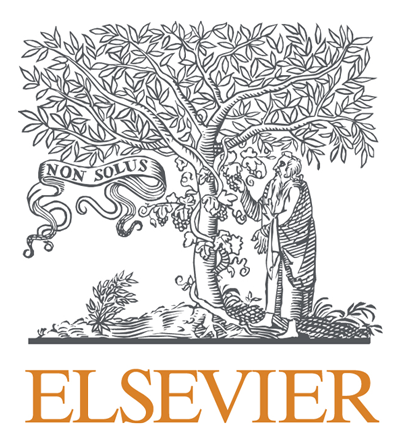Carbon and vegetation dynamics across two mid-latitude forest stands: means, response to climate, and decadal trends
Topics:
Keywords: carbon cycle, ecosystem ecology, global change, vegetation dynamics
Abstract Type: Paper Abstract
Authors:
Allison L Dunn, Worcester State University
,
,
,
,
,
,
,
,
,
Abstract
Vegetation in the terrestrial biosphere absorbed approximately 31% of the carbon dioxide emitted by human activities during the most recent decade (2010-2019; IPCC 2021), slowing the rate of climate change as a result. However, the magnitude of the terrestrial carbon sink in the future is uncertain, especially as the terrestrial biosphere responds to climate change.
In this study, we investigated the long-term carbon balance of two differently-aged stands in a midlatitude forest in north-central Massachusetts, USA. One forest stand (“plantation”) is a red pine plantation that was established in 1925, the other (“harvest”) is a former red pine plantation that has been undergoing natural succession since harvest in 1990. All trees ≥ 5 cm diameter breast height (DBH; 1.3 m) were identified, measured, and tagged, and have been measured yearly from 2008-2022.
There was a significant loss of aboveground woody biomass at the plantation site, from 137 Mg C ha-1 in 2008 to 102 Mg C ha-1 in 2020. This was driven by the loss of 49 Mg C ha-1 red pine; as the overlying red pine canopy has thinned, the thickening understory now sequesters ~112% more carbon than in 2008. In contrast, the harvest site has steadily sequestered carbon since 2008, with its aboveground woody biomass rising from 35 Mg C ha-1 in 2008 to 59 Mg C ha-1 in 2020. Results from this study highlight the spatial and temporal variability in forest carbon sequestration and the important role of vegetation dynamics in the terrestrial carbon sink.
Carbon and vegetation dynamics across two mid-latitude forest stands: means, response to climate, and decadal trends
Category
Paper Abstract








